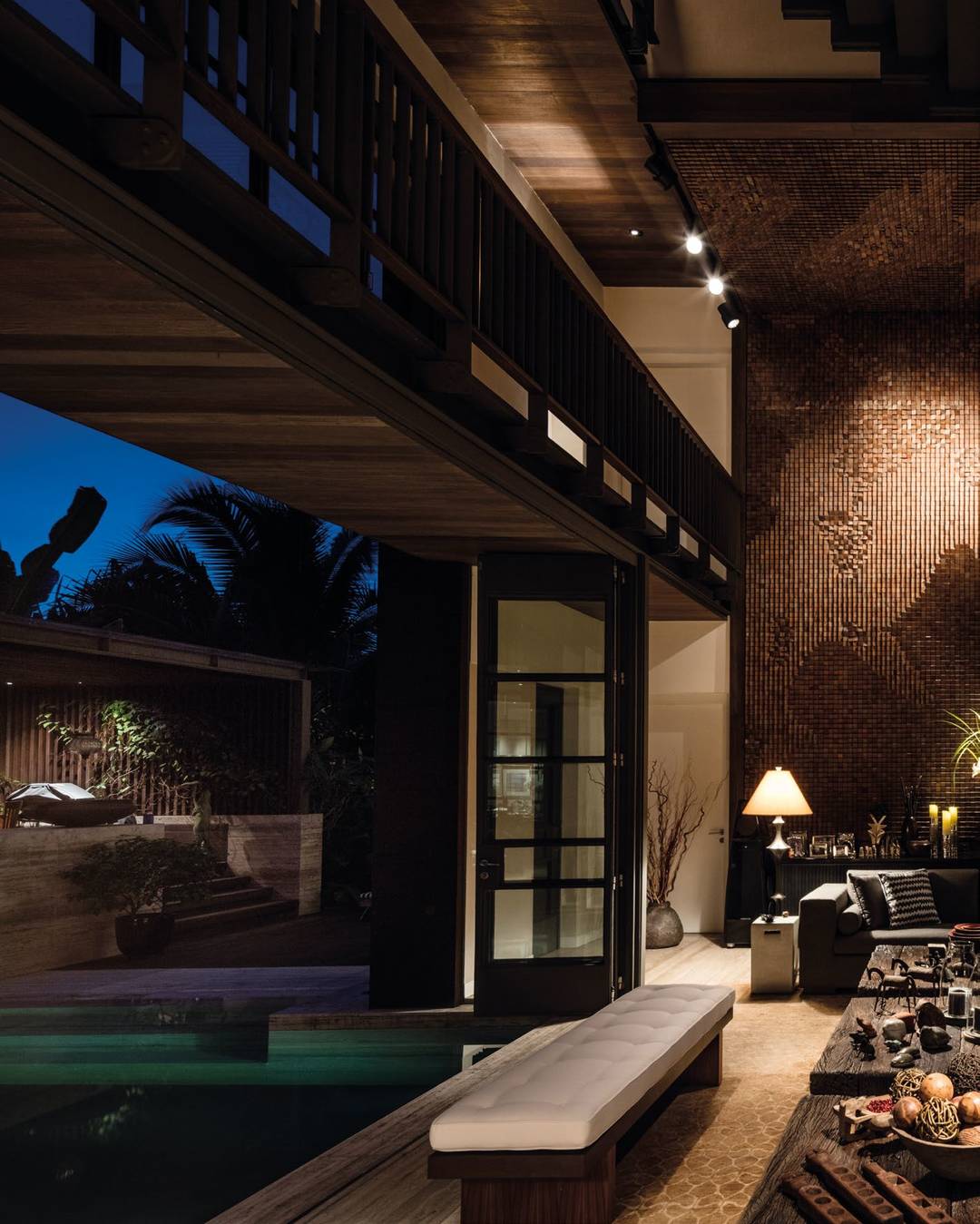
5 minute read
Song Dynasty Stunner
LTW Designwork’s fundamental design philosophy, a sense of place is important for every project and Pullman Kaifeng is no exception. The city of Kaifeng, one of the eight ancient capital during the Northern Song dynasty in China, dating back more than 2700 years is steeped in rich history with numerous cultural attractions.
Situated next to the ancient palace walls dating to the Song dynasty, Pullman Kaifeng evokes the elegance of traditional Chinese architecture with its sweeping roofs and expansive interior spaces. Offering 186 guestrooms, including 13 luxurious panoramic suites with beautiful views of the lakes and gardens of the ancient city, Pullman is proud to be the first international brand to deliver world-class upscale hospitality services to travelers in Kaifeng. “During the Song dynasty, the arts, poetry, ceramics, textiles and silks were absolutely beautiful,” says Lim Hong Lian (H.L.), founder and principal partner of LTW Designworks.

“The period architecture gave us great inspiration. You can see the architect maintained the shape of the Song Dynasty rooflines – they’re very gentle compared to other dynasties,” shares H.L., adding, “There’s no other way except for following the architecture. It made it easier to decide the volume of the space inside – we just followed the curvature very honestly.”

The design concept for the project draws inspiration from Kaifeng’s imperial past and unifies it within a contemporary envelope. Upon entering the hotel, guests are greeted by vast, open spaces and views on both sides through soaring glass windows to the manicured landscape beyond. LTW commissioned Korean artist Lee Hun Chung to create three giant pottery forms that are at least 2.4 metres long to act as reception desks. Another Korean artist, Ran Hwang, was commissioned to create a statement art piece made entirely of buttons, beads and pins sitting behind the reception counter on a wooden panel which depicts a wonderfully warped Song dynasty building.

The spacious Xi Bar blends contemporary design with a traditional Chinese twist, juxtaposing modern furniture and lighting with ornate lattice screens. With the look of a scholar’s pad, traditional patterns on wooden lattice screens as well as a combination of bamboo barstools, lounge chairs and antique sideboards to achieve the aesthetic.

Designed with a traditional Chinese architecture in mind, the Chinese restaurant Lu Hua however blends Chinese elements in a more contemporary manner. “While the ceiling patterns appear to be European, the design is actually that of traditional patterns found in the ceiling of the Forbidden City,” H.L. says. “The give it a modern twist, the patterns are in solid white.” Adds H.L. “The hotel’s design fits its location and gives it that distinctive sense of place”.

The chrysanthemum, a symbolic city flower, is the central motif, seen on lacquered walls, carpet
and light fixtures in the ballroom and guestroom. An abstracted version of the follow also appears as a vertical ceramic strip along the guestroom walls. Silvery butterflies can also be found fluttering across the guestroom walls, and coloured threads brought together to create decorative butterflies also feature in the all-day dining area.

“You can find many different butterflies in the area’s wetlands,” explains H.L. Along with Song dynasty arts and culture, the wetlands were a key source of inspiration for LTW. “Because of the wetlands, we wanted to use materials like river reeds and bamboo,” says H.L. These come through in screens, and in wall and ceiling coverings.

In the guestrooms and suites, floor-to-ceiling windows welcome in natural light and bring attention to the clean lines of the interiors. Headboard panels have inset murals depicting Chinese pagodas on a textured matte finish fabric and lit with customdesigned lighting fixtures inspired by traditional lanterns. Decorated in a palette of earthy brown, offwhite and blue, the guestrooms create just enough contrast and interest for the guest while not imposing a heavily ornate style.

IN THE GUESTROOMS AND SUITES, FLOOR-TO-CEILING WINDOWS WELCOME IN NATURAL LIGHT AND BRING ATTENTION TO THE CLEAN LINES OF THE INTERIORS. HEADBOARD PANELS HAVE INSET MURALS DEPICTING CHINESE PAGODAS ON A TEXTURED MATTE FINISH FABRIC AND LIT WITH CUSTOM-DESIGNED LIGHTING FIXTURES INSPIRED BY TRADITIONAL LANTERNS.
Bathrooms are well appointed with striking black and white bookmatched marble showers and blue ceramic tiles glazed and fired in local kilns using traditional techniques dating back centuries. Sliding timber panel doors can be opened up to reveal the bathroom to the room proper, or closed to create privacy, which allow the hotel to showcase the room in varying options.
In the Presidential Suite, the curvature of the ceiling corresponds to the hotel’s undulating roof, with cove lights cleverly hidden to highlight these features. For the master suite’s bathroom, a combination of sleek marble and rustic wooden furniture reflect the interplay of new versus old. All suites also have customized Chinese ink paintings.

The 870 square meter indoor pool is an expansive recreational area within the hotel. Full-height glazing on one side of the pool are maximized to allow ample connection to nature and to blur the line between indoors and out. LTW designed a skylight above the pool to allow sunlight to filter in and bathe the pool area with warm natural light.










